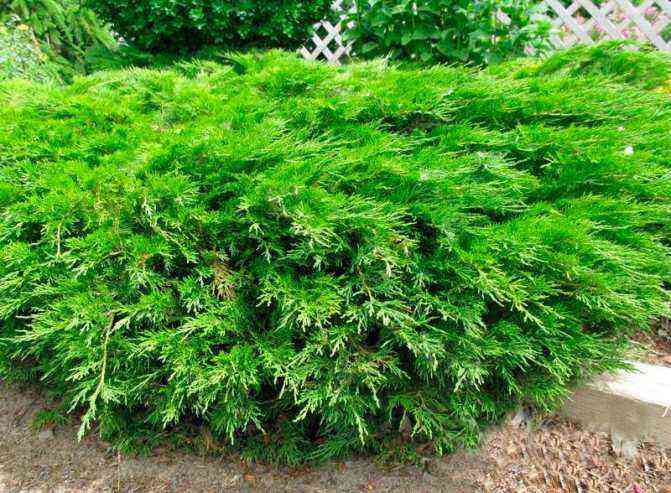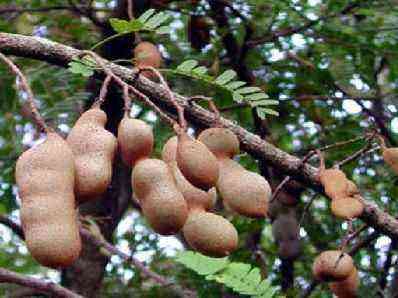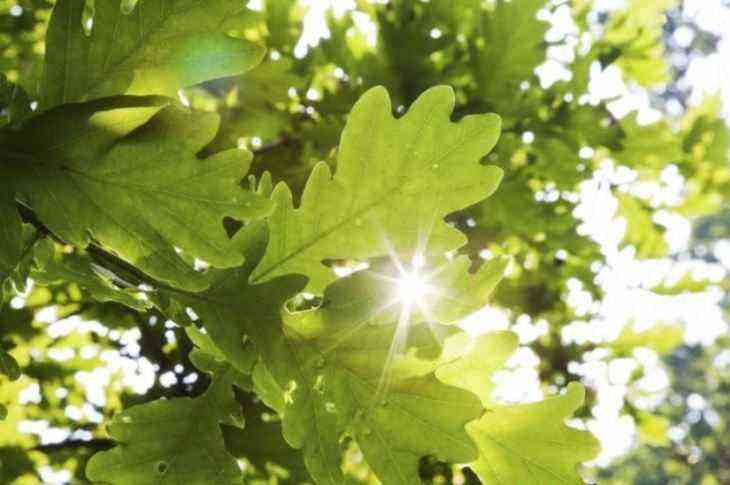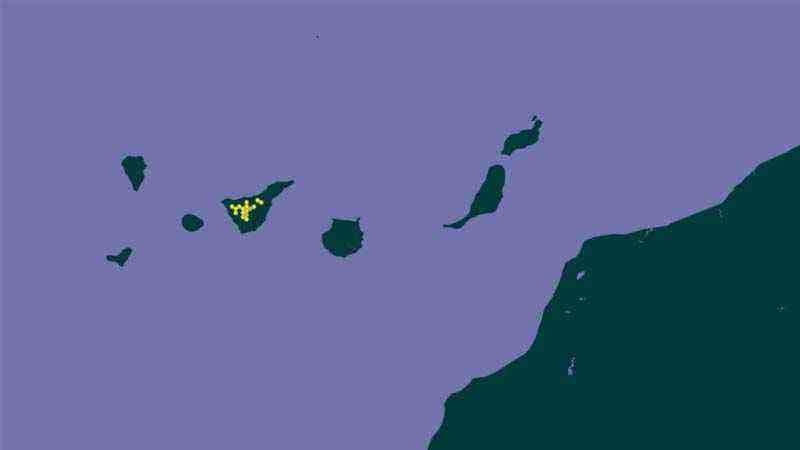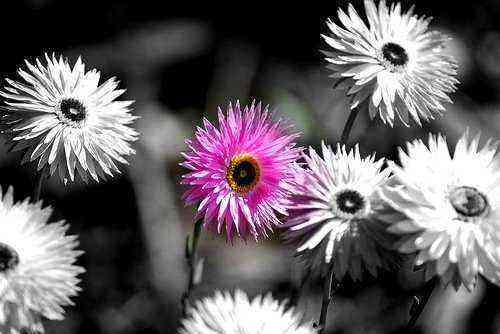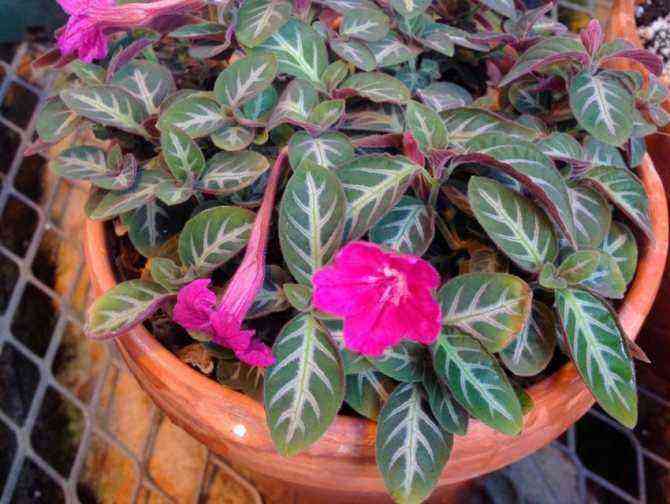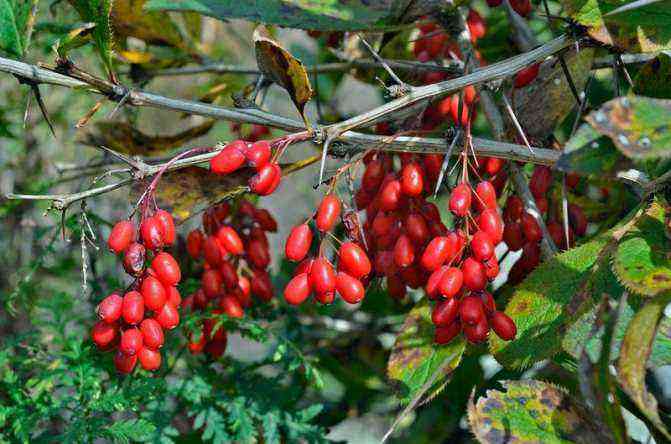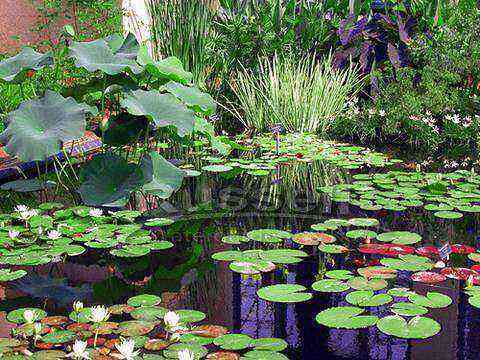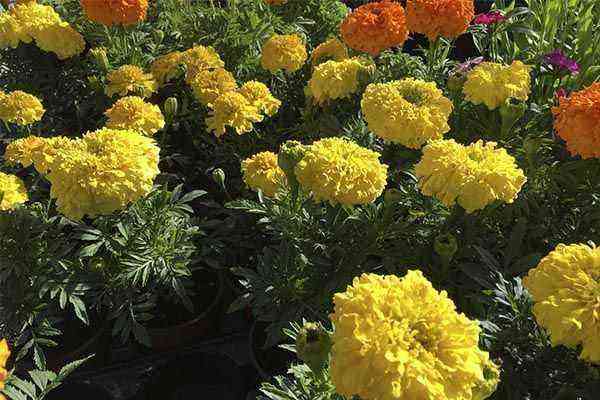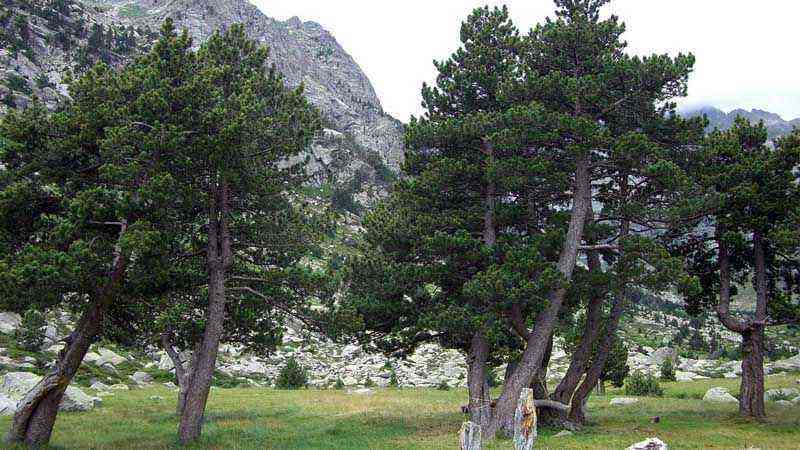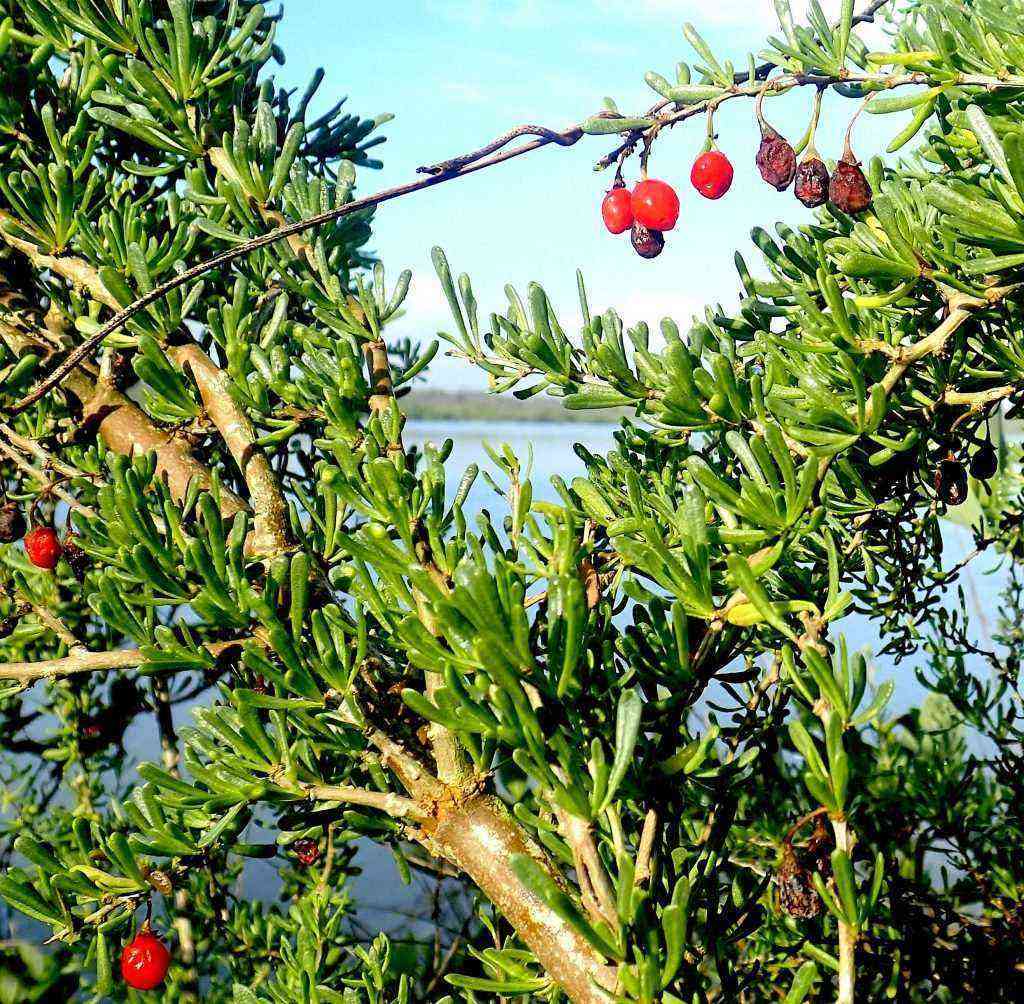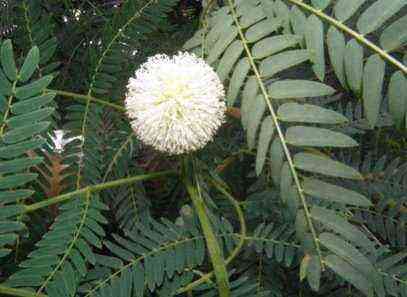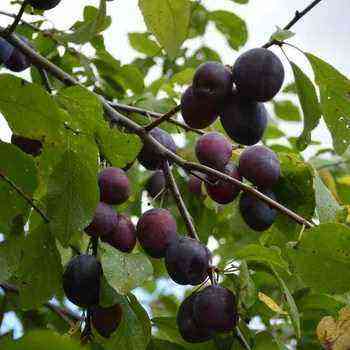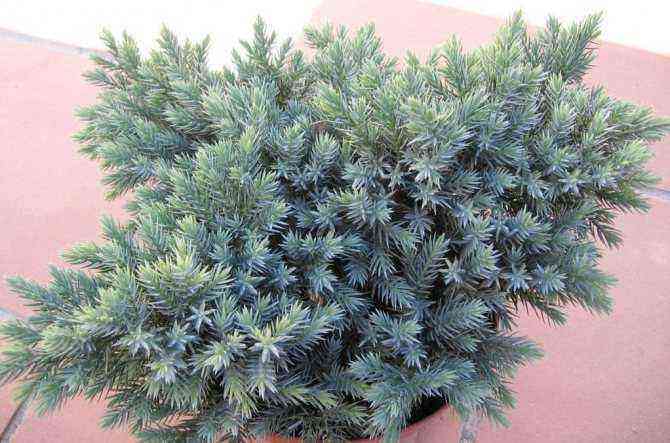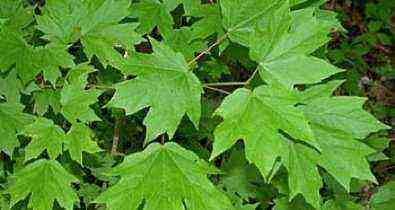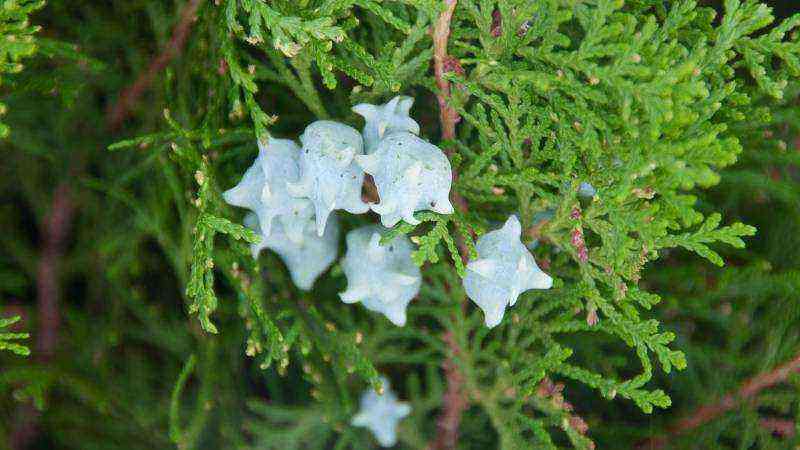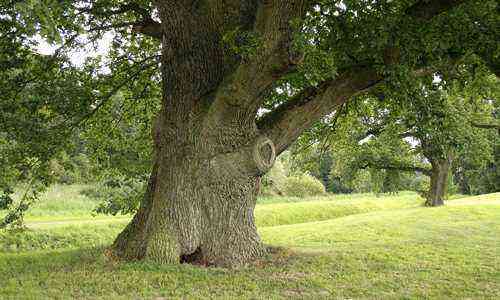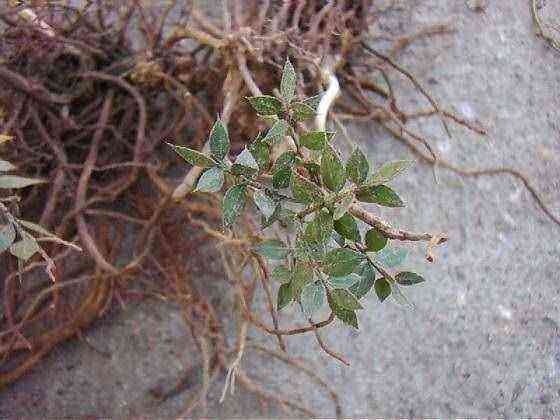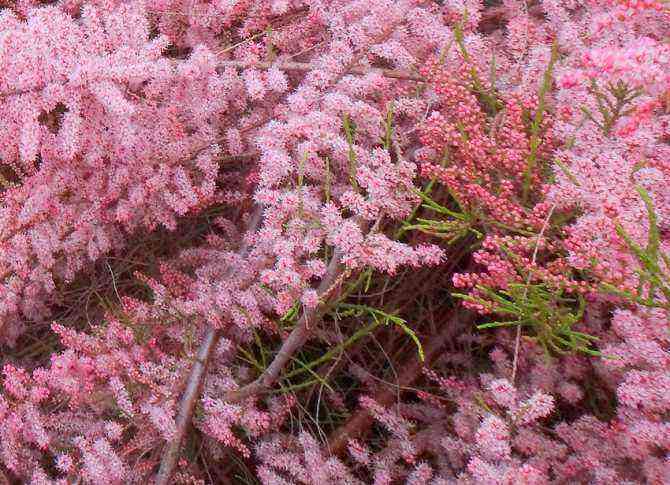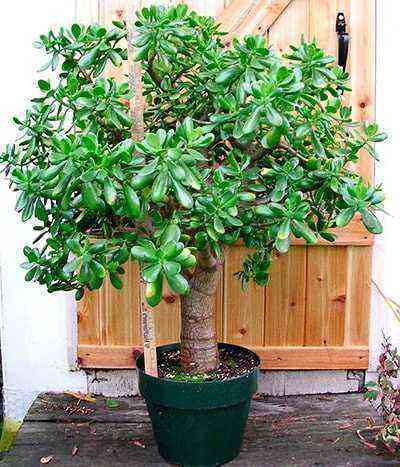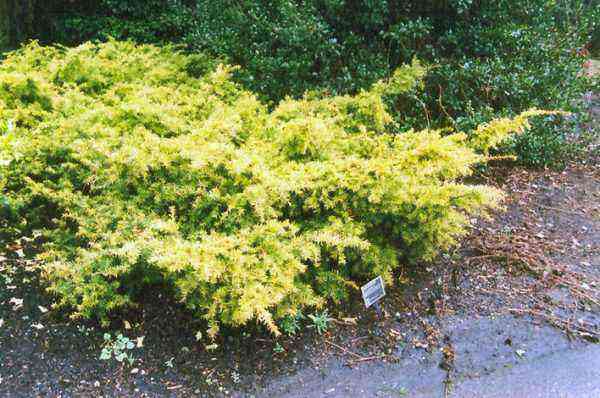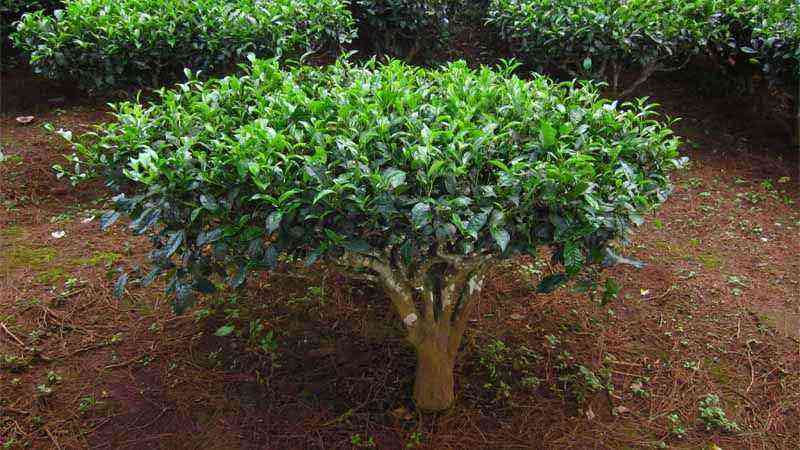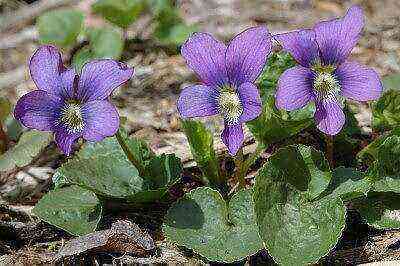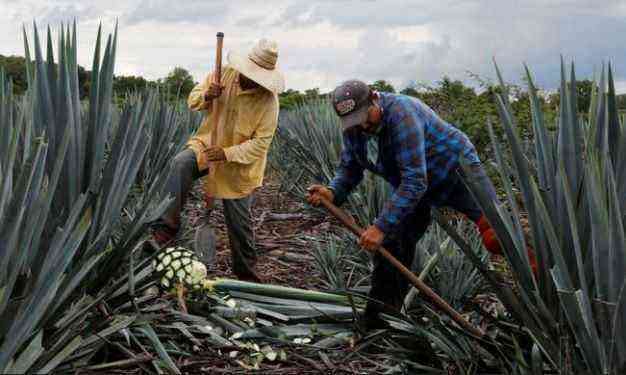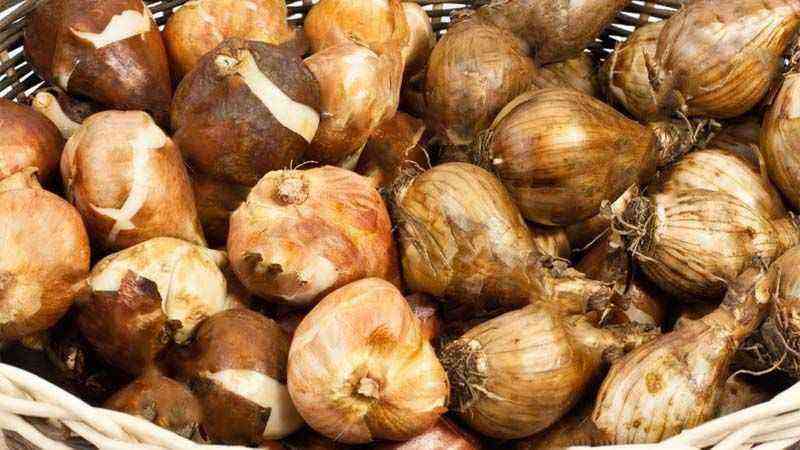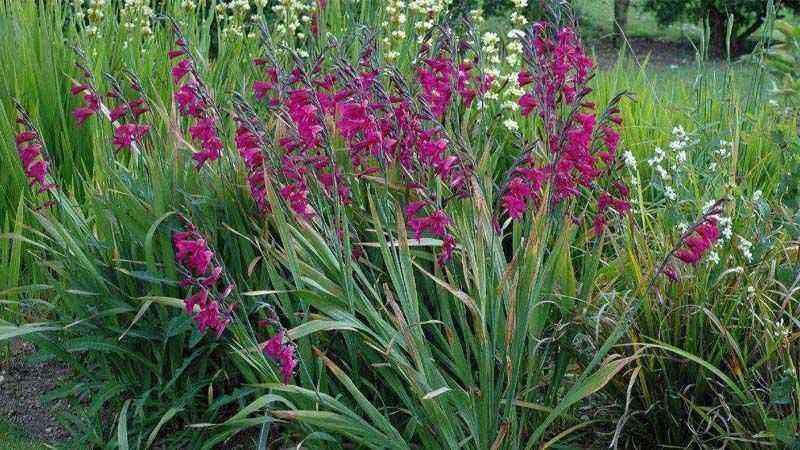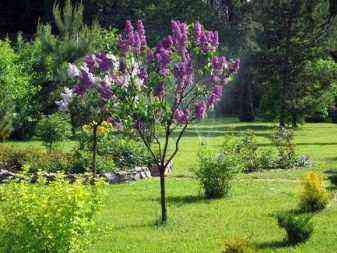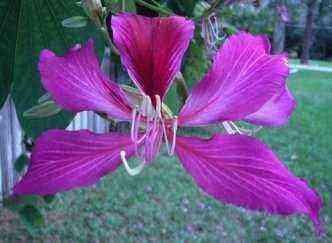Description of the Cossack juniper
Juniper
- Some species can have a prickly deciduous part, while striking with unusual external beauty;
- In others, thin, obedient shoots are struck, which can not only spread in different directions. Often, various shapes can be formed from them. At the same time, cutting a juniper is a simple process.
Plants are also valued for their ease of reproduction, because there are several ways, with a focus on different preferences. Everyone can determine for themselves a simple and effective method of reproduction, which will allow for the successful production of a culture.
Reference. The plant is considered evergreen, refers to long-livers, its height, depending on the species, can vary from 1,5 to 20 meters. The branching part may also differ: some are characterized by a scaly branch, others have straight needles.
There are tree-like bushes that have a lush pyramidal or cone-like crown.
https://www.youtube.com/watch/yEO-m8AZbOM
The culture differs in the presence of unisexual flowers:
- Women’s – appear as greenish bumps;
- For men – they look like earrings with 3 or 4 stamens.
Summer is the period for flowering, it usually begins in early June. Fruiting begins in August and ends in September. Juniper fruits – cones berries, are often used in folk medicine. In nature, culture grows in the forest parts of the northern regions. But this does not interfere with growing plants in suburban areas. Moreover, the bushes delight with their decorative effect, interesting coniferous smell and healing properties.

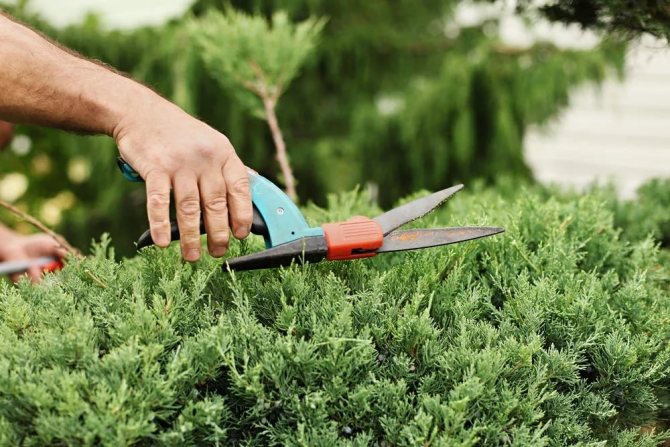
Junipers, like other plants, are best pruned in the fall or when spring comes. In more detail, the best period is from September to October and from April to May. A feature of the plant is the easy tolerance of pruning, which allows such pruning to be carried out without reference to the period.
Important! Before cutting the juniper for the first time, the bush must take root and begin to actively develop. This means that the first haircut is carried out no earlier than 2 seasons after disembarking to a permanent place.
For juniper bushes, one pruning is enough, but if necessary, you can increase it up to twice a year. This applies to varieties that belong to fast-growing plants, from which they have already begun to form a figure. With the frame method of growing, plants can not be cut at all if they do not interfere.
Juniper Sabina is an evergreen creeping shrub, which is a representative of the Juniper genus. Sometimes the plant is a medium-sized tree, the height of which does not exceed 4 m. The trunk of such a plant has an arched shape and is covered with reddish-brown bark, which tends to flake off.
The bush is dioecious, reaches a height of 1–1,5 m. The natural habitat of this species is the Caucasus Mountains, the Kabardinsky District, the rocky slopes of the Urals and Siberia, as well as the forests of the steppe zones. The shoots of the plant are very poisonous and contain essential oil (3-5%).
Types of needles:
- in young specimens, the needles are needle-shaped, with pointed tips. The top is blue-green and soft. The length of the needles is 4–6 mm;
- mature plants have scaly soft needles, the thick aroma of which is a characteristic feature of the variety.
Did you know? Within 24 hours, 1 hectare of juniper spreads about 30 kg of phytoncides.
The needles remain unchanged for three years. The crown diameter is 2,5 m. Cossack juniper bears fruit with small rounded cones (volume 5–7 mm). Cones-berries are brownish-black, with a slight bluish tinge, double-seeded. The growth rate of the shrub is slow, with an annual growth of only 5 cm in height and 15 cm in width. Life expectancy is 50 years.
Seeds ripen twice a year: in autumn and spring.
Features
This is an evergreen coniferous long-liver of the cypress family. The tree-like juniper grows up to 20 m and has a conical and pyramidal shape with scaly or needle-like needles. Shrubs often reach half a meter, its branches are quite spreading and flexible, due to which they form a thick and lush carpet.
The plant blooms very beautifully: female buds have rounded light green bumps, and male buds look like earrings with several stamens. Juniper is a forest inhabitant of the northern territories, but nowadays it is grown everywhere. Very often, bushes decorate country houses, summer cottages, as well as urban areas.
Pruning Cossack juniper
Juniper is a coniferous crop, the care of which is not difficult. All that is needed is to weed and loosen the soil, water and spray the bushes in hot weather, and also periodically trim. Most gardeners are interested in how to prune a juniper, what is needed for this, and when such actions are correct to carry out.
Focusing on what shape of the crown should turn out, the following ways are distinguished by which pruning is carried out:
- Point – this method involves shaping the shoots, cutting them to formed buds. This method helps to form bushes for the first time when the juniper has a few more branches. Varieties that growers would like to leave a natural creeping look can be pruned in the same way. For this, the selected shoots are cut above the bud, about 2-3 cm, with an incision at an angle of 45 degrees;
- Blind – pruning Cossack juniper in this way involves cutting off almost all young branches using a garden tool. When such a “hairstyle” is done for plants, there is no need to become attached to the location of the buds or anything else. It is so good to arrange a living fence from the culture, it is suitable for bushes with dense, well-developed crowns.
It is best, knowing how to trim juniper, choose cloudy days for the procedure. It is important that this is a cool period, for example, autumn. Additionally, before cutting, it is recommended to spray the bushes using sprinkler irrigation. Moistened coniferous branches are much easier to cut, and garden tools are not dull.
Important! Pruning shoots in the heat is prohibited. The high temperature will promote the accelerated evaporation of the juices, which over time will lead to the drilling of the tips and further death of the shoots.
One of the most important properties of conifers is fast branching. Therefore, the topiary care method is aimed primarily at reducing the activity of shoot development in order to improve their natural decorative appearance.
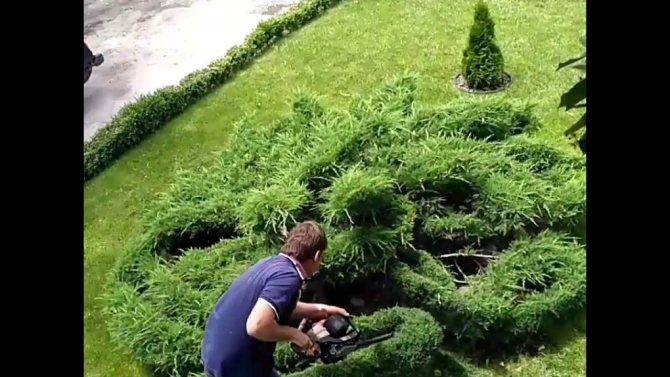
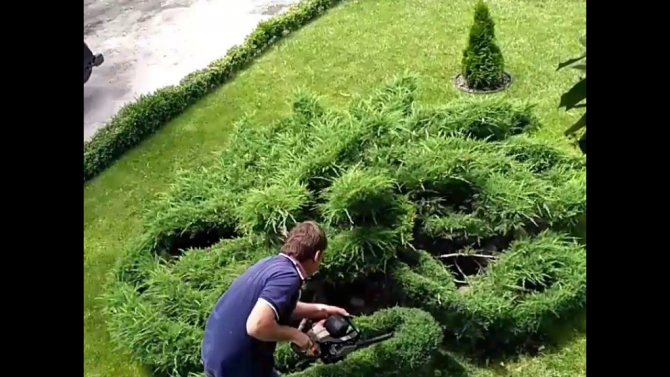
Formation of Cossack juniper
Of the entire mass of branches, it is necessary to select only a few of those that are correctly located. The remaining coniferous mass must be cut out, leaving only the shoots growing at the top. Here’s how to prune horizontal juniper, Cossack and rocky species in order to form a bush. Subsequent measures involve only the removal of young branches that appeared in the following seasons. In this case, it is allowed to remove no more than 25% of the increase in one season.
We invite you to read the book Mushrooms against cancer by Irina Filippova: online reading
Important! The Cossack species must be cut very carefully, avoiding contact with the poisonous essential oil that the shoots contain. The poisonous substance is not capable of leading to death, but the resulting wounds will remind of themselves for a long time.
The common juniper variety does not need frequent haircuts. The superficial removal of young shoots is sufficient to increase the density of the crowns. It is recommended to cut hedges several times during the summer, shortening the branches sticking out of the fence. In a larger mass, the crop easily tolerates formation and pruning, but to reduce the recovery period, the plant is sprayed with growth stimulants.
Pruning in the fall
You can cut juniper bushes for the first time not earlier than in the second year after planting in open soil. During this time, the plant will be able to take root, get stronger and grow branches. Only then can you begin to form plants. Activities for the formation of bushes in the autumn can be continued until the first frost. But it is best to remove all excess before the end of October, so that the plant has time to heal the cut areas and prepare for wintering.
Important! Cuts at low temperatures do not tighten well and become an excellent breeding ground for various harmful insects and pathogenic bacteria.
To quickly and efficiently remove excess parts, you must use the following tools:
- Special scissors with long lightweight handles for cutting trees;
- Pruner – the easiest to use is a model with elongated blades, which can pick up shoots less than 2 centimeters. Large branches are trimmed with ratchet pruning shears;
- Lopper – specially designed scissors with a long handle. Such a tool is used to trim shoots in hard-to-reach places;
- Treatments – needed to protect cut areas from insects and sap loss.
Important! The process of removing any parts of juniper and other plants should be carried out with extremely sharp, clean and disinfected instruments.
The first step is to rid the bushes of dried out branches affected by pests and diseases. Also, young shoots that do not grow properly and create crown density are necessarily cut off. It should be borne in mind that the average growth of bushes is no more than 10 cm per year, which means that in autumn you can cut off no more than 20% of what has increased over the year.
Important! We must not forget about the toxic properties of culture. Any work on pruning branches should be carried out exclusively with gloves, excluding skin contact with sap. The poisonous substance causes burns to the skin.
The first and basic rule by which specialists prune bushes is that it is better to cut a little less than to overdo it. It is necessary to remove sprout buds and shoot only after thinking well and calculating each action. Cutting off excess buds can provoke a complete inhibition of the growth and development of the culture.
Experts recommend using this scheme, removing branches in the fall:
- It is necessary to cut at an angle of 45 degrees to the kidneys. If you cut below the required level, the cut part on the tree will tighten for a long time. In addition, such actions can provoke abnormal development of the kidney, the result will be a low growth or death of shoots;
- Shoots growing upward are cut off, leaving buds at the end, which are located to the side of the center (called external). If the branchy part grows downward, the pruning is done the other way around, leaving the internal buds;
- To remove the branches, you should leave a stump of about 2 cm. It will be a kind of blockage for the upper buds from the dying part. So the kidney can grow and develop in the future.
Important aspects
Such a coniferous plant, even without a haircut, can give the site a beautiful and rich look. It is necessary only for some of its varieties, the branches of which are scattered chaotically and erratically. Juniper pruning is done when the plant wants to give a unique shape or when creating hedges, then this is done several times a season.
In this process, you must be careful not to damage the young shoots of the juniper. Pruning and shaping are carried out only after a serious examination of the plant for the presence of large branches that are either knocked out of the crown or fall off due to their weight. It is necessary to cut them so that they lean to the side, but at the same time do not leave the plant bald.
Tips for shaping the crown
To maximize the decorative properties of plants, it is not enough just to periodically remove excess. Juniper, like other representatives of the coniferous culture, has certain requirements that affect its decorative properties:
- Correctly chosen location;
- Landing in fertile soil compositions;
- Properly organized ongoing care.
For the first time, crown formation can only begin the next year after planting in open ground. Depending on the variety, this process can be delayed one to three years after planting. In general, you can start forming the crown if the plant is strong, healthy in appearance and has a dense, fully formed deciduous part.
The geometric shape of the plant must be determined based on the natural characteristics of the coniferous culture in general and specifically for the variety. For example, a pyramidal shape through trimming can be converted into a cone-shaped, ovoid, or left as a pyramid. Plants with a rounded and squat crown can be formed into a ball, cube or trapezoid.
For the first time, you can start forming the crown only the next year.
You can prune juniper plants planted in your backyard, starting in early spring and continuing until mid-autumn. The only main condition is the average daily temperature, which should be at least 4 degrees above zero. Shaping haircuts must be carried out at least 2 times during the spring season:
- With the arrival of spring, when shoots are just beginning to grow;
- At the end of summer, prune young shoots to speed up their lignification and prepare the plant for the winter period.
We suggest that you familiarize yourself with What conifers are best for an apartment?
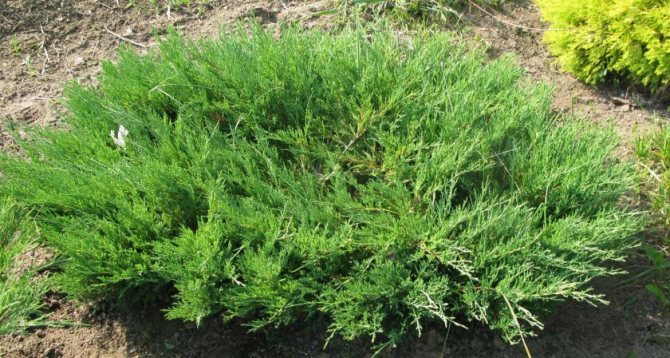
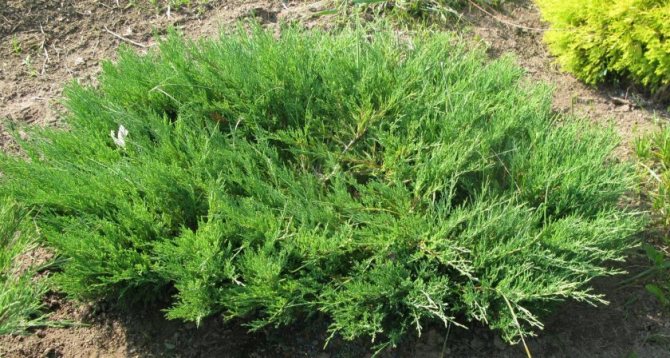
Also, when starting the formation, you need to select the pruning period so that it does not coincide with the time of active growth and development of shoots. Autumn formations should be carried out minimizing plant stress. At this time, it is better to let the plant thicken the crown a little. It is also imperative to remove bald shoots, the needles from which have already crumbled. Such branches do not have dormant buds and will not be able to become covered with thorns in the future. They only spoil the decorative effect of plants.
Sorts
A description of the varieties of Cossack juniper will help you choose the best option for designing landscape design. The type of shrub has about 25 varieties.
Important! It is not recommended to plant Cossack juniper near playgrounds, as the cones and needles of the plant are poisonous.
The most popular varieties:
- Tamaris (in Latin the variety is called Juniperus Sabina Tamariscifolia). The height of the shrub is up to 1 m, the diameter of the crown is 2 m. The branches are short, growing vertically. The crown grows widely and over time acquires a domed shape. The needles are slightly curved and light green in color. The variety is widespread in the middle lane and in the north of Russia. Resistant to drought and low temperatures (withstands up to -35 ° C). The plant is unpretentious to the composition of the soil. Grows well on acidic and alkaline soil;
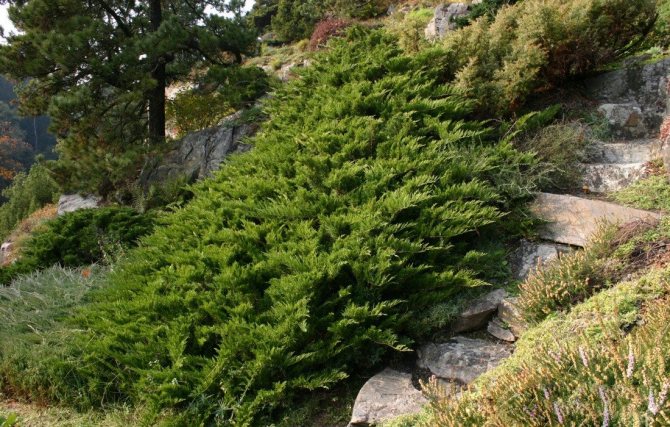
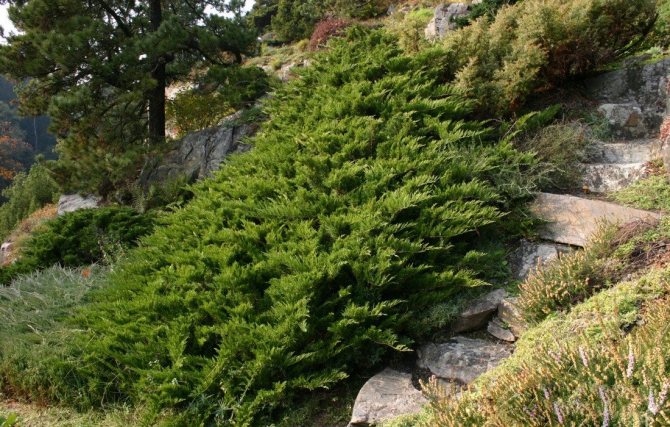
- Wegry. The height of the creeping shrub is 0,5 m, the volume of the crown is 2 m. The crown is large, spreading. Ascending shoots are covered with green needle-like needles. The variety is winter-hardy, drought-resistant. Suitable for growing on rocky terrain, as well as for landscaping slopes and ravines;
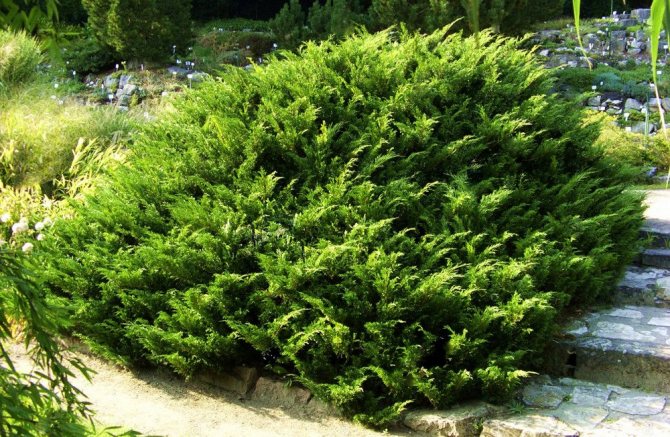
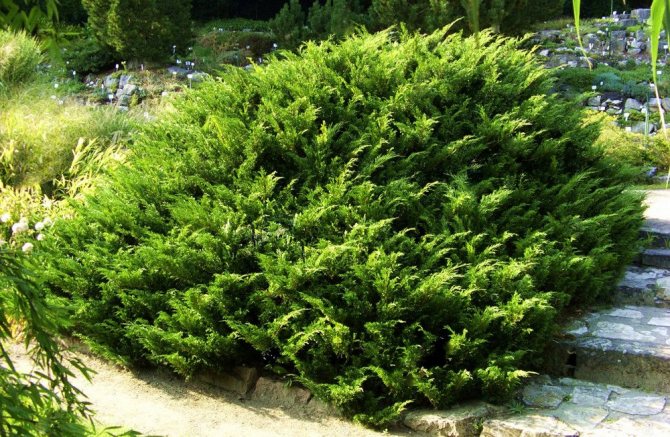
- There is No Blight (Juniperus sabina Tam No Blight). The height of the shrub is 0,4–0,6 m, the width is 2 m. Shoots spread horizontally and grow in layers. The crown of an adult plant is domed. The plant is slowly growing, adding only 10-15 cm per year. The needles are soft, dark green with a bluish tint. The coniferous aroma is pronounced. The shrub is suitable for growing in rockeries and as a cover for rocky areas;

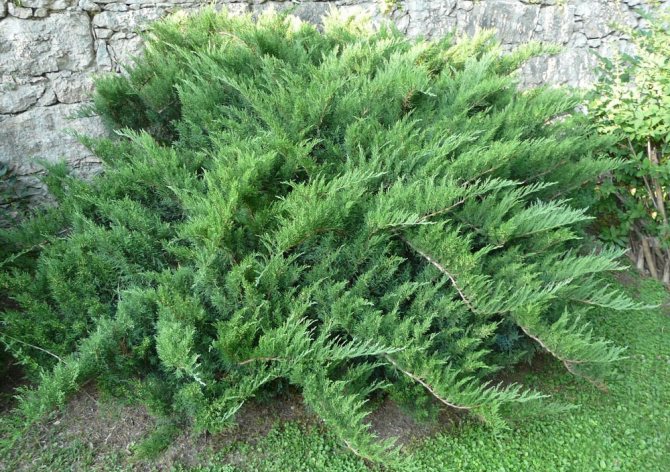
- Blue Sparkle (Juniperus Sabina Blue Sparkle). The variety was bred in the 60s of the twentieth century. The height of the shrub is 0,5–1 m, the diameter of the crown is 1,5 m. The crown is lush, widespread. The branches grow vertically, the ends are upward. The needles are scaly, needle-like with a slight bluish tinge. The length of the needles is 4–6 mm. The smell is specific, coniferous, repels moths. It is used for landscaping park areas in combination with deciduous shrubs and trees. The variety is unpretentious in care, resistant to frost. All parts of the plant are poisonous;
- Hicksie (Juniperus sabina Hicksii). An adult bush reaches a height of 1,2 m, a width of 1,5 m. Shoots of a young plant grow vertically. With age, they form a dome shape. Suitable for growing in urban areas for landscaping sidewalks and streets. The variety is quite resistant to low temperatures and is able to withstand up to -35 ° C;
- Broadmoor or Broadmoor (Juniperus sabina Broadmoor). Outwardly, the shrub resembles the Tamaris variety. Height is approximately 0,5 m. Crown width reaches 3,5 m. Strong and delicate shoots are covered with short needles of gray-green color, arranged horizontally;
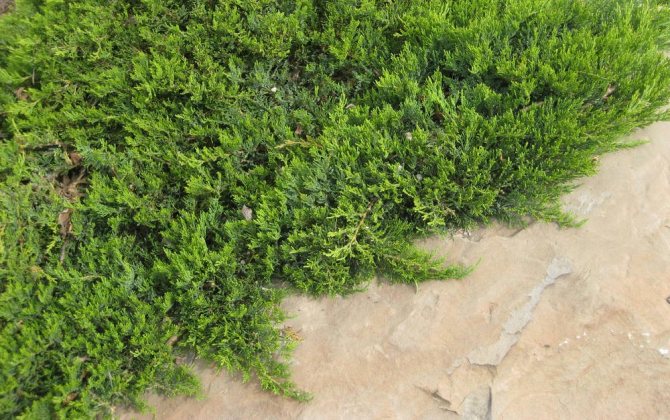
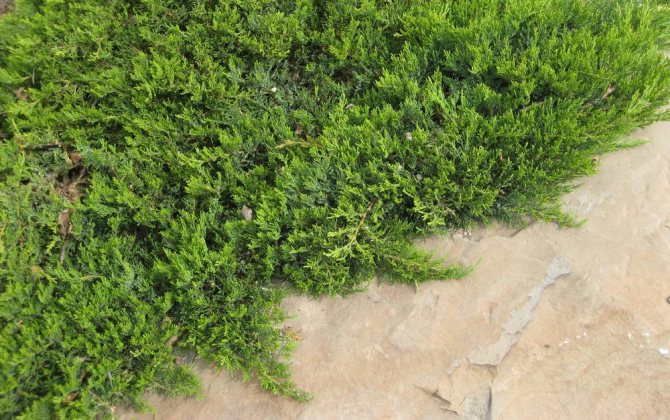
- Erecta (Juniper Sabina Erecta). Ornamental shrub about 2 m high. Ascending branches form a pyramidal crown. Dark green needles have a scaly structure. The variety is compact and suitable for group plantings;
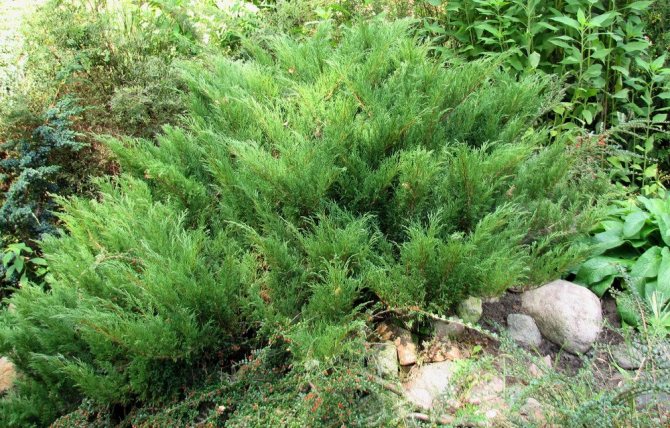
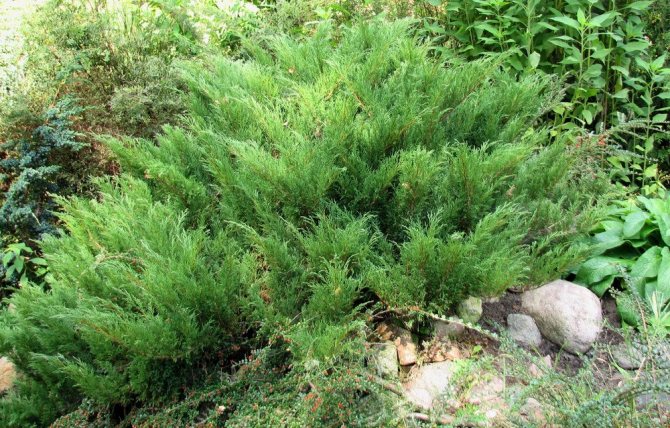
- Pseudo-cattle (Juniperus Pseudosabina). A variety of common juniper, which is found in Western and Eastern Siberia. The species is slow-growing, resistant to high and low temperatures (down to -35 ° C). Needle needles. The needles are not sharp, the length is 3 mm. Creeping branches. The plant is planted as a cover for rocky areas.
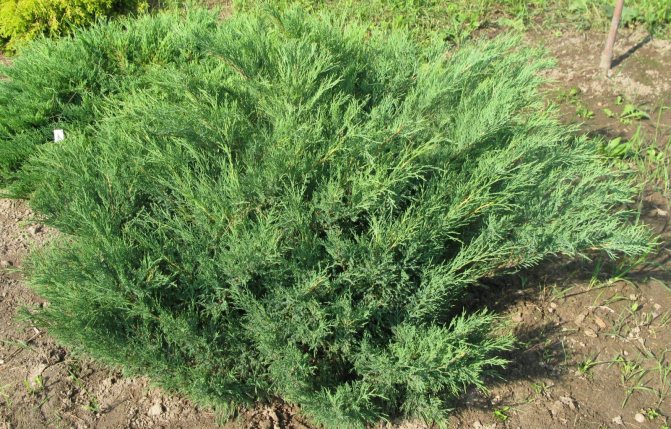
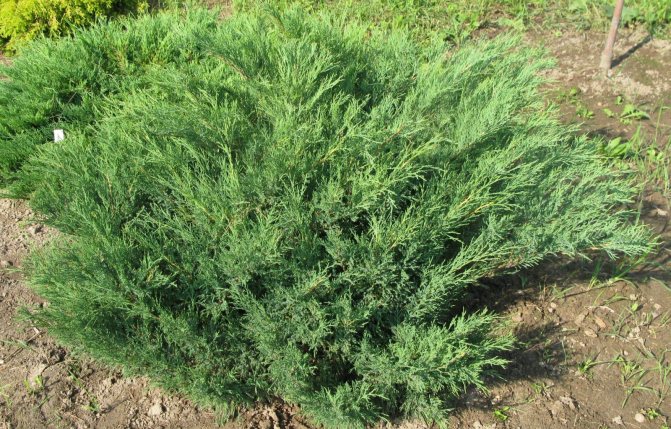
In landscape design, Cossack juniper is used for landscaping parks and city streets. To decorate personal plots, it is planted singly or in group plantings. Forms a harmonious composition with deciduous plants.
The squat shrub looks great under tall trees. Thanks to the creeping branches, juniper groups form dense thickets, which cover rocky areas and slopes with a dense cover.
Superiority among gardening art, incl. for curly haircuts of conifers, Europe possesses. In general, for decorative decoration of the site, it is best to prefer shade-tolerant plant species with limited growth. The first characteristic helps to keep the crown in a uniform state. The limited and slow growth allows the number of circumcisions required to be reduced to a minimum.
Popular coniferous crops that lend themselves well to formation are:
- Thuja western;
- Cross-pair microbiota;
- Norway spruce;
- Juniper Chinese, Virginia, ordinary;
- Yew pointed;
- Lawson’s cypress.
Summing up, it should be recalled that spring and autumn are considered the best time for pruning juniper shoots, it is possible to carry out the procedure in summer. At the same time, in central Russia, it is not recommended to prune in the second half of summer, since in this case the shrubs will not be able to fully prepare for the arrival of cold weather in time and in full. Cutting in autumn is recommended for the purpose of sanitizing the plant to remove dry, diseased and damaged branches.
Haircut conifers do-it-yourself: a fence of thuja
Of all the types of thuja for the “northern” garden the most suitable hardy and unpretentious Thuja Occidentalis. This is a relatively inexpensive and truly versatile material for both hedges and curly hairstyles. A huge number of varieties of crown in shape and color of needles of this species allows you to create clipped figures and hedges not only of different height and shape, but also of different colors.
To create high hedges of coniferous plants, trimmed columns-spirals and columns-tiers use dense varieties, such as:
Read also Cyclamen in traditional medicine
For compositions of medium height are perfect:
Pruning Cossack juniper is necessary, first of all, in order to maintain an attractive appearance of the shrub, however, the lack of care has practically no effect on the development of the plant. The variety is one of the most unpretentious representatives of its family and has a high level of drought resistance. The immunity of the Cossack juniper to air pollution is especially highly valued in landscape design – this characteristic allows the use of shrubs to decorate city parks, alleys and playgrounds.
Plant growing
Juniper cultivation begins with planting. However, you need to properly prepare for planting so that the plant grows well in the future and does not cause additional trouble.
Preparation stages:
- choice of location;
- soil preparation;
- selection of planting material;
- landing.
First of all, you need to decide on the place where the young bush will grow. Juniper is a light-loving plant, so it requires the most open space with good lighting.
In addition, it should be borne in mind that the branches of the shrub grow strongly and for full development, as well as preserving the natural shape of the crown, it needs to provide enough free space.
We suggest that you familiarize yourself with Pruning currants – when and how to properly prune black, red, white varieties
Soil preparation involves preparing a potting mix. It is prepared from peat, turf and sand in a ratio of 2: 1: 1. It is recommended to lime the prepared mixture with dolomite flour or ground limestone at the rate of 80–100 g of substance per volume of one pit. The average size of the pit is 50 cm deep and 60 cm wide.
You need to choose healthy seedlings as planting material. The root system should not show signs of disease or pest damage (dry and rotten roots). The seedlings that are in the container must be watered abundantly and the roots must be allowed to absorb moisture.
If the planting material was purchased with an open root system, it must be temporarily placed in a bucket of water for several hours, then the roots should be treated with a stimulant, for example, Kornevin. After completing the preparation, you can start planting.
Important! For group plantings, shrubs must be planted at a distance of 0,5 m from each other.
Planting scheme:
- Dig a pit 50 × 60 cm.
- Lay drainage at the bottom of the pit with a layer of 20 cm. Crushed stone, fragments of brick or stones can be used as drainage material.
- Pour the prepared soil mixture (peat, turf soil, sand).
- Plant the seedling in a hole so that its root collar rises 10 cm above the ground.
- Fill the pit with the remaining soil mixture and tamp it.
- Pour 12 liters of water. When the soil has completely absorbed moisture, cover the trunk circle with pieces of pine bark and peat with a layer of about 5 cm.
After planting, the young plant must be provided with conditions suitable for development and growth. To grow a healthy and beautiful bush, you need to learn how to properly care for it.
Next, you should understand the intricacies of the listed procedures.
What tool is needed, preparation
Before cutting, the bushes should be sprayed with water. To trim, we need the following tools:
- hacksaw;
- long-handled garden shears;
- pruner;
- secateurs.
Pruning juniper with a brush cutter:
Tools must first be washed and sharpened. Dirt can get into the plant through the wound and cause disease. It is necessary to disinfect the cutting surface before starting work (alcohol is suitable for this).
Remember, the sharper the tools, the smoother the cuts will be, and the faster the wound will heal. Or vice versa – a lacerated and uneven wound will heal for a long time and can contribute to the appearance of a plant disease.
We also use personal protective equipment – overalls and gloves. The resin of the plant is very sticky and not easy to get rid of. In addition, it may contain toxins, which, once in the wound, cause irritation. Only ordinary juniper is not poisonous, so the formation of this plant is completely safe. The most poisonous is the Cossack, you need to be careful with it, there are a lot of toxins in the poison, they can cause irritation even when they usually get on the skin.
When cutting Cossack juniper, you need to wear gloves and overalls. It is also recommended to wear a mask to protect the respiratory tract. If Cossack juniper juice does get on your skin, wash it off with cold water, you can use laundry soap. A burn may form on the affected area, it will pass quickly. But try to avoid getting poison on the mucous membranes, it is very dangerous.
After the end of the procedure, you need to wash the tools and get rid of the adhesive resin. The following will help us:
- alcohol;
- detergent;
- organic solvent.
After washing the instrument, it must be dried. If reuse is required, you will have to disinfect again.
How to propagate Cossack juniper
Planting material can be purchased at the store or you can try to propagate the plant yourself at home.
Breeding methods:
- Seeds. In the fall, you need to collect the cones and carefully remove the seeds from them. Then soak in sulfuric acid solution for 10 minutes. After this time, rinse with plenty of water. Further, the seeds must be stratified by sowing them in the snow for 5 months. In the spring, when young shoots appear, transplant into open ground.

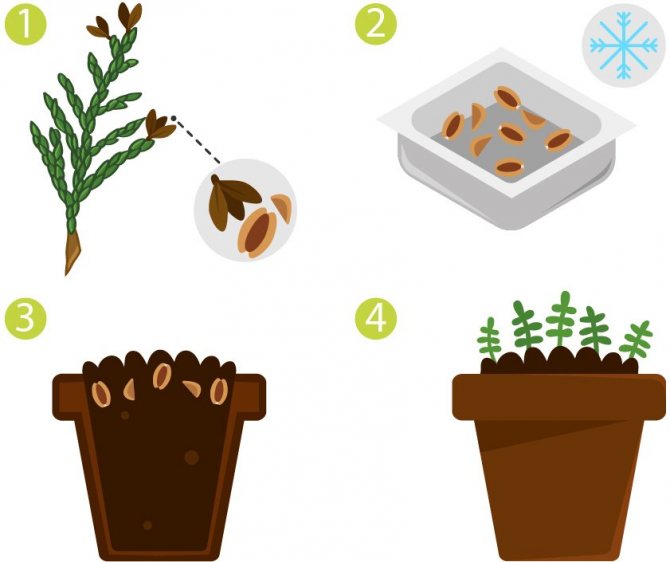
- Cuttings. In the spring, preferably in cloudy weather, you need to prepare cuttings. This will require woody branches growing at the top of the bush. Selected shoots should not grow vertically, preferably drooping. When cutting a stalk, you need to make sure that there is a “heel” on it – a fragment of a shoot or a branch. Then it is necessary to remove 5 cm of needles without touching the “heel”. Next, you should immediately plant the cuttings in a substrate of peat and river sand in equal parts. You need to deepen by 3 cm, observing an angle of 60 °. Then planting should be watered with sodium humate or “Heteroauxin” – a drug that stimulates root growth. It is necessary to store cuttings in greenhouse conditions with high air humidity, at least 90%. In this case, the temperature regime must be observed within the range of 17 … 19 ° С. After budding, increase the temperature to 25 ° C. The rooting process takes 50 to 90 days. You can plant young plants in open ground next spring. During the rooting period, cuttings need to be watered 5 times a day. After the first roots appear and buds open, watering should be reduced to once a week.
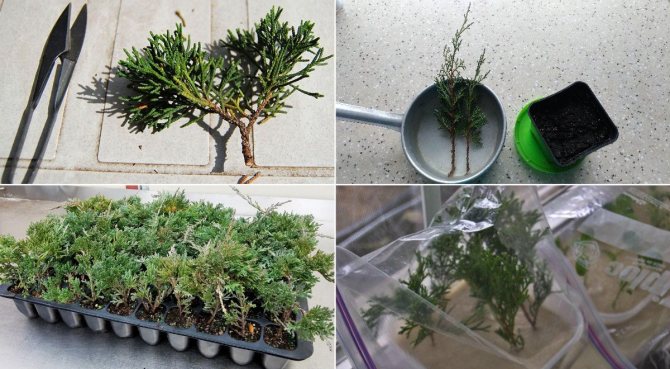
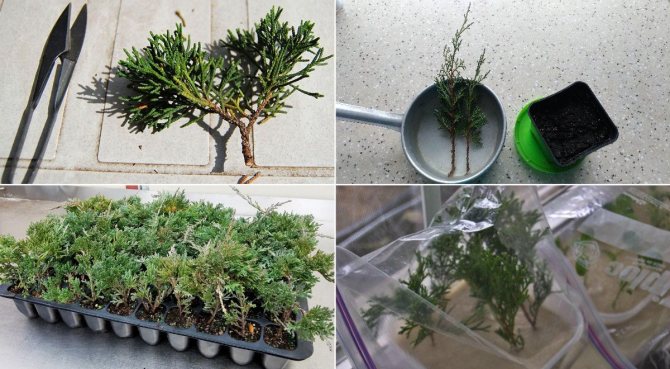
- Layers. The shrub can be propagated by this method throughout the entire growing season. To do this, you need to choose green, but developed and formed shoots. Then prepare the ground: loosen the soil, fertilize with sour peat and river sand, water. Further, from the base of the selected branch, you need to remove 20 cm of needles and, bending to the ground, fix it. In this case, the top should be above the surface. The soil around the attached branch must be loosened periodically. Layers take root throughout the year. After root formation, the seedlings can be transplanted to a permanent place.
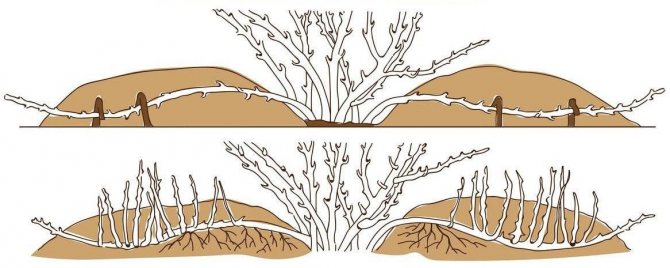
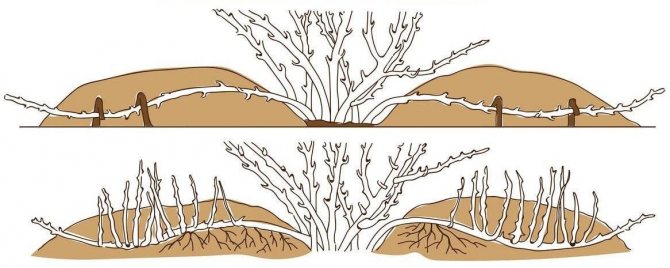
- Vaccination. The grafting method is used to propagate valuable varietal forms. For this purpose, a stalk cut from a certain variety is grafted onto an ordinary juniper seedling. To do this, press the stalk to the stock and secure it tightly with tape.
Benefit and harm
Before you start growing Cossack juniper, you need to familiarize yourself with its useful and harmful properties. For example, to understand why an apple tree or a pear is attacked by rust, you need to pay attention to the neighborhood of plants.
If a juniper grows nearby, then most likely it is he who is the source of the spread of the fungus Gymnosporangium sabinae, which is the causative agent of this disease. The spores of the fungus spend the winter in the cones of the bush, and in the spring they spread throughout the garden.
- Positive traits:
- Decorativeness;
- The needles are suitable as mulch and fertilizer for flowers;
- Shoots contain phytoncides, which have an antibacterial effect;
- The aroma of juniper repels parasites and pests.
- Negative qualities:
- In winter, the plant changes its needles and looks untidy;
- Fallen needles rot within 3-5 years, so the fertilizer will not be ready soon;
- All parts of the plant are poisonous;
- Substances contained in shoots, needles and berries are toxic and affect the central nervous system, digestive organs and kidneys.
“Cossack” juniper is planted for landscape decoration. Growing this unpretentious plant is relatively easy. When deciding to plant an ornamental shrub in your garden, it is important to remember that it has both beneficial and harmful properties.
